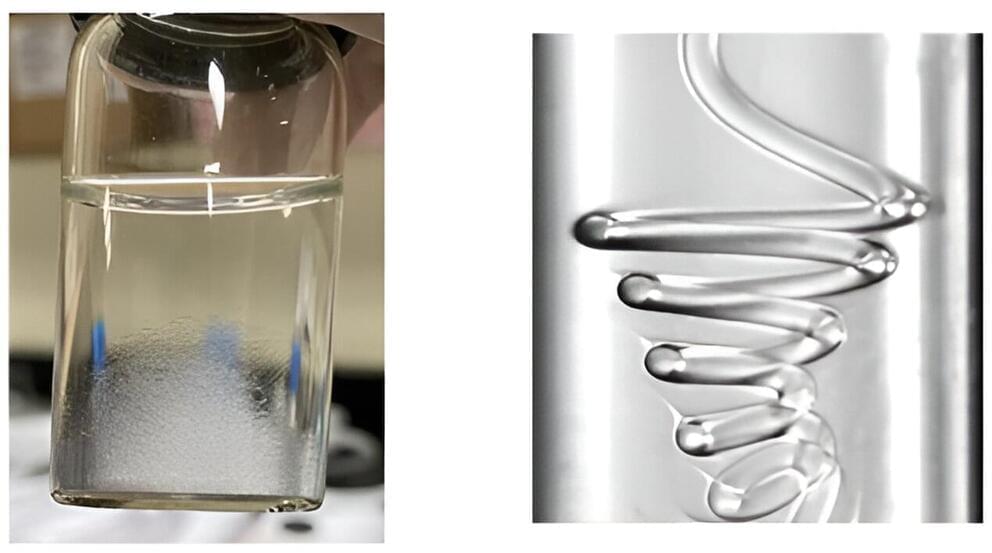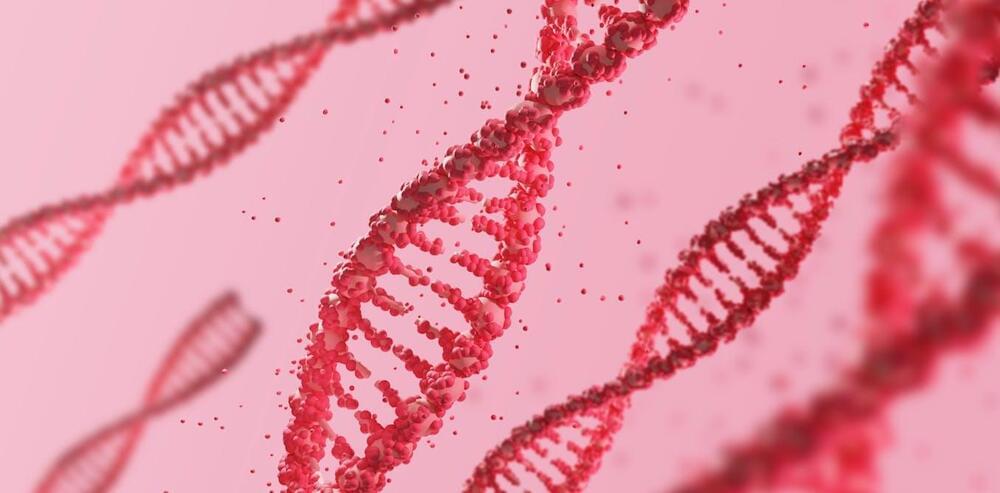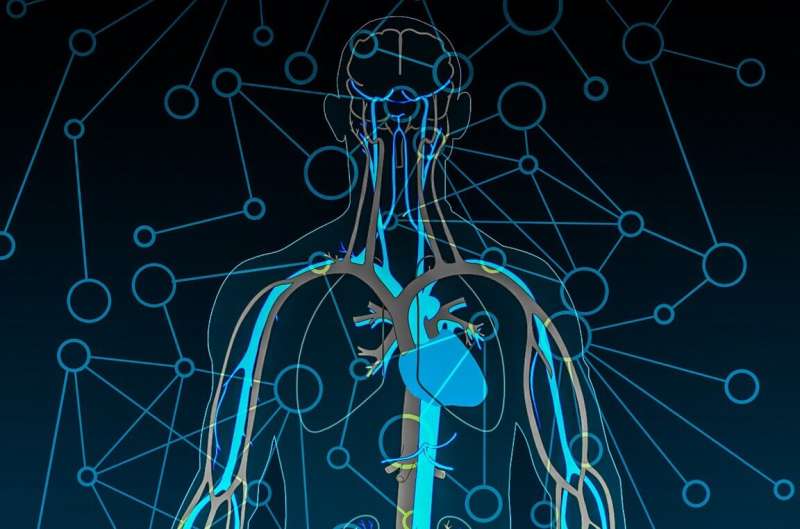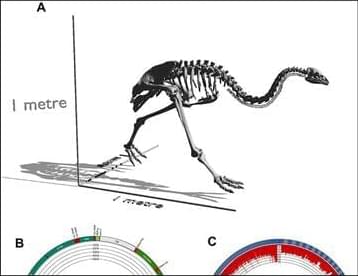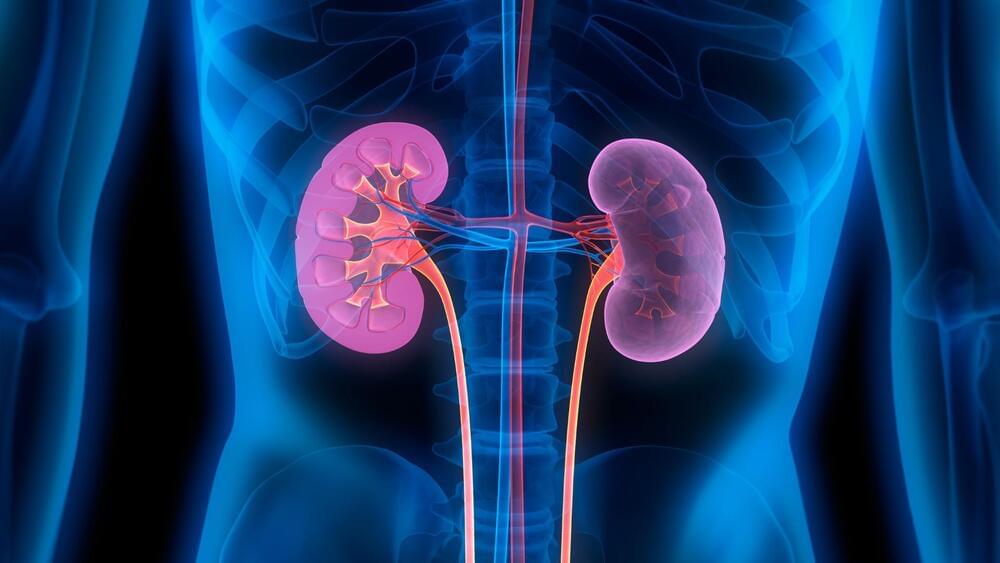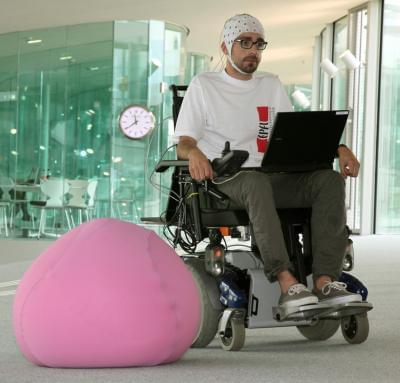May 28, 2024
How Ancient Viruses may be Connected to Human Psychiatric Disorders
Posted by Shubham Ghosh Roy in categories: biotech/medical, evolution, genetics
The human genome is massive, and it contains many highly repetitive sequences that confounded researchers for years. Many of these repeats were simply written off as junk DNA that had no function. However, new research is revealing that many of these regions are much more important than we thought. Some of the repetitive portions of the genome are known to be human endogenous retroviruses (HERVs). These sequences originated from viruses that infected human germ cells millions of years ago and affected our evolution. About eight percent of our genome is thought to be made up of HERVs. These HERVs have also been associated with a variety of psychiatric disorders, although the connection is unclear.
A new study reported in Nature Communications has suggested that HERVs are making a significant but unappreciated contribution to the development of psychiatric disorders, and that they may help explain a genetic component of these disorders that is thought to exist but has not yet been identified.



